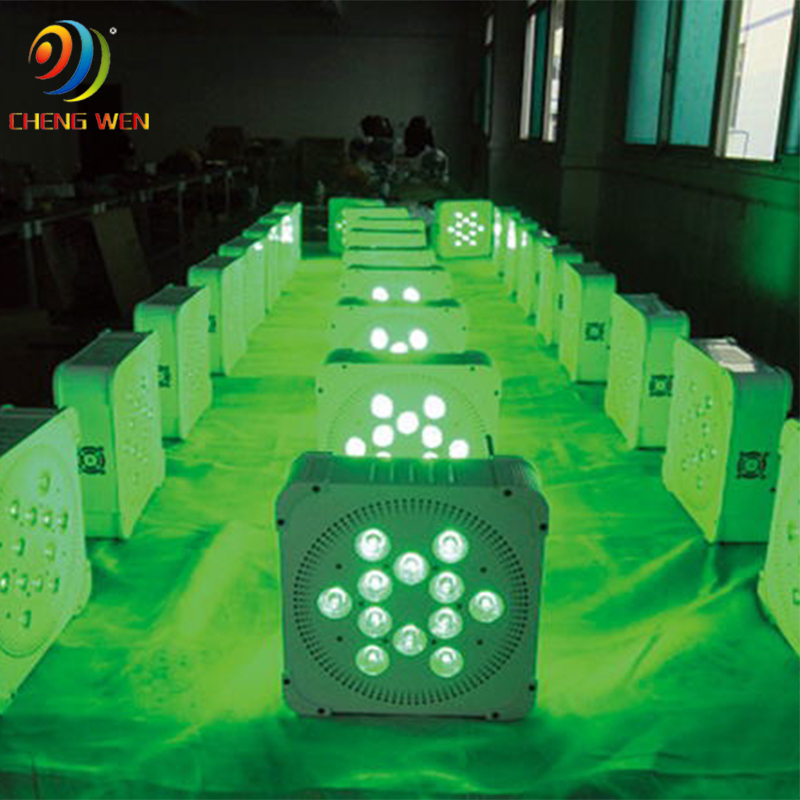A few days ago, I was working on a Konka LED26F3300CE LCD TV that had some strange issues. The TV would start up normally with a clear image and the remote control worked fine. However, after about 10 minutes, the screen went blank, showing vertical color bars and noise spots. There was also static from the speakers, and the remote control stopped working entirely. My first thought was that the main chip's power supply might be dropping suddenly.
After disassembling the unit, I found it uses a 3-in-1 motherboard with version number 35017209. The switching power supply provides two main voltages: 76V for the LED boost circuit and 12V for other components. The 12V is then stepped down to 5V using N802 (FR9888) and DC-DC modules. This 5V is further regulated by several LDOs—N80 (W33J), N810 (1117-25C), and N808 (1117-33C)—to produce 3.3V, 2.5V, and another 3.3V. Additionally, the 5V is used to generate 1.22V for the core voltage (VDDC) via N801 (HL20B).
During testing, all these voltages remained stable even when the fault occurred, which suggested that the power supply to the main chip (N501) was functioning properly. I then considered the possibility of a crystal frequency drift in the main chip, so I replaced the Z501 27M crystal and its matching capacitors. However, the same issue returned after 10 minutes of testing.
Next, I suspected a cold solder joint on one of the pins of the main chip (N501 MT8227AAKU). I carefully inspected the chip under a magnifying glass and tested each pin with a pointed tool, but I couldn’t find any visible signs of a faulty connection.
This step didn’t resolve the issue, so I took a closer look at the symptoms again. The problem seemed similar to a poor connection on the DDR clock line, but the TV didn’t have an external DDR module. I wondered if the main chip itself had built-in DDR memory and whether its grounding was connected through the bottom heat sink.
I flipped the motherboard over, applied a small amount of solder paste to the bottom of the main chip, and added a little tin to the grounded copper foil underneath. I gently moved the soldering iron back and forth to evenly heat the area, allowing the tin to flow through the vias and make contact with the heat sink. After cooling, I tested the TV for 10 minutes and then left it running overnight. To my relief, the fault didn’t return during the entire test period.
It seems the issue was resolved, likely due to a poor ground connection between the main chip and the motherboard. This kind of repair can be tricky, but careful inspection and a bit of soldering magic made all the difference. Thanks for watching!
This series is LED wireless battery par light, the wireless design makes it more portable, the chassis design is compact, the weight is moderate, and it is convenient to transfer in the place. In addition to the traditional DMX signal control, the convenient mobile app control has become a more convenient control method, and the color and brightness are not inferior to conventional par lights. Equipped with a flight case with a socket, it is convenient to charge the lamp anytime and anywhere, and it can be taken out for use when it arrives at the destination, and it can be used for 24 hours after being fully charged.

Wireless Battery Par Lights ,Wireless Battery Par Lights,Wireless Led Par,Wireless Led Par Lights
Guangzhou Cheng Wen Photoelectric Technology Co., Ltd. , https://www.cwdisplay.com